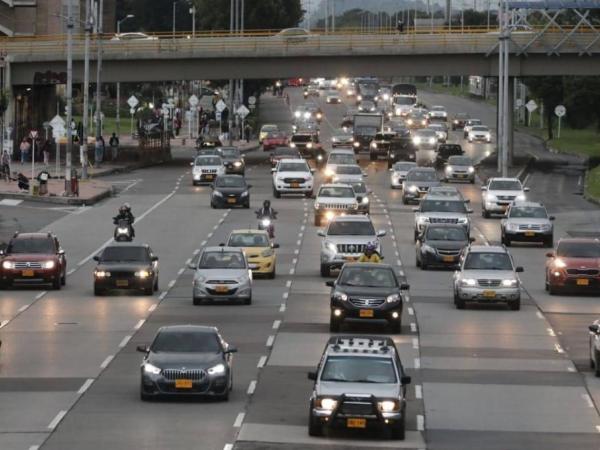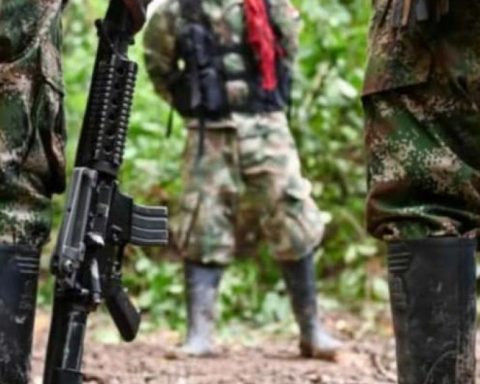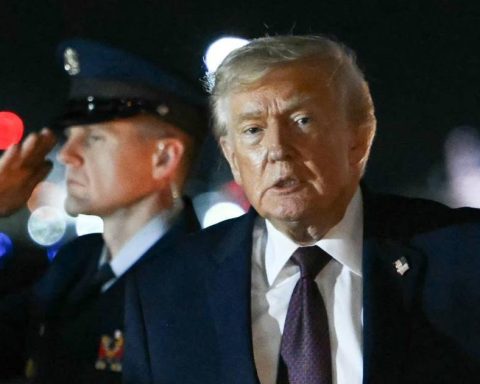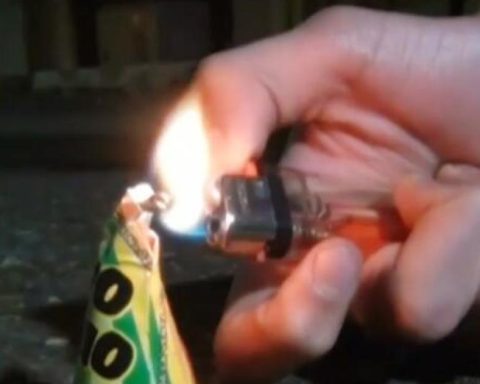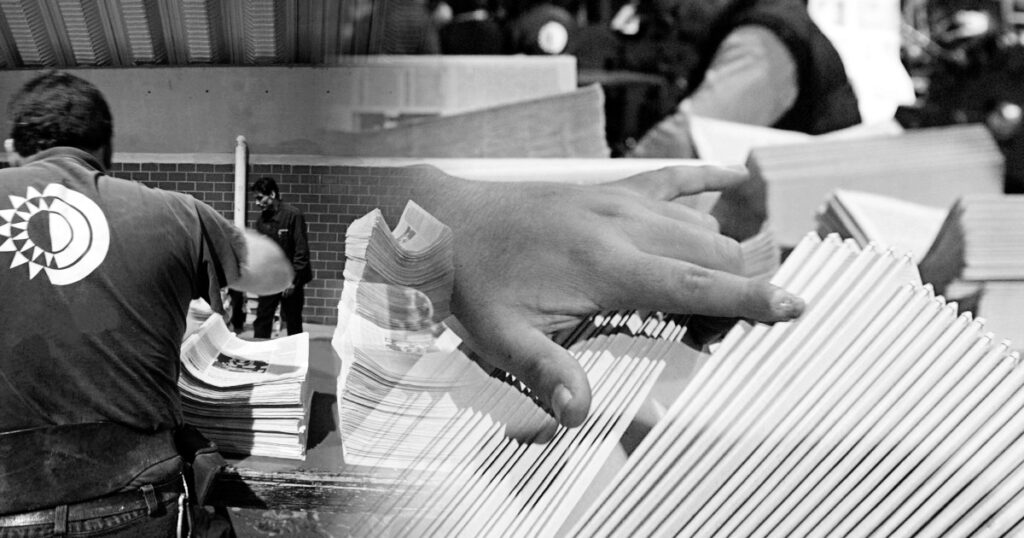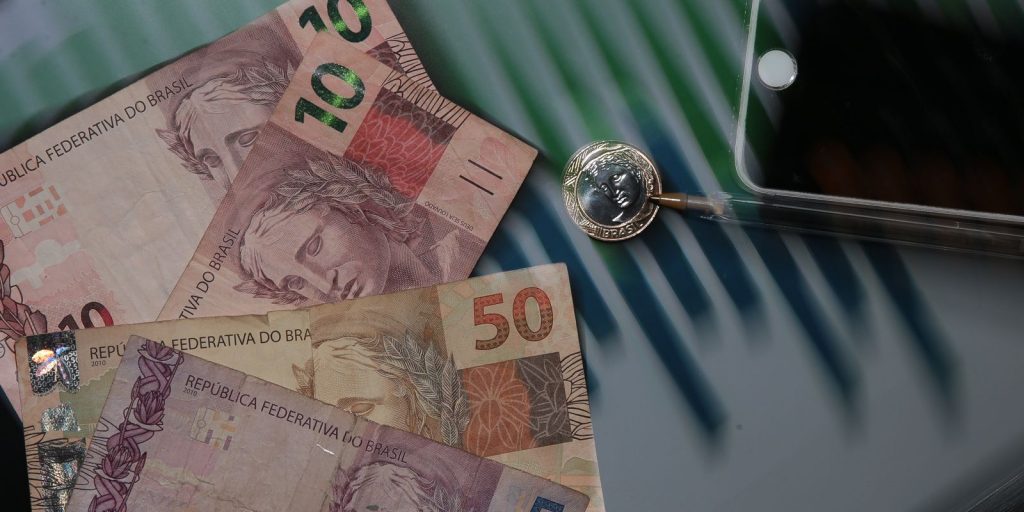Quite criticized are the roads of the city of Bogota. Holes, potholes and unevenness are the main causes of accidents and damage to vehicles, especially in the rainy season.
(Read: They offer $300 million for information on the attack on the CAI in Bogotá).
In an interview with Portfolio, Diego Sánchez, director of the Urban Development Institute (IDU)revealed that to fix and maintain the streets of the entire city, 18 times the annual investment is needed, which is why less than half of the streets are in good condition.
“In total we have 14,563 lane km (it is one by one) in Bogotá. Of those, 40% are in good condition, 19% in satisfactory condition, 13% in fair condition, 10% in poor condition, 8% in very poor condition, 4% in serious condition, and 6% in failed condition. Sanchez indicated.
Of this total, as the city “does not have sufficient resources to repair the entire road network”, has had to prioritize the ways to intervene and the gaps to cover.
“If we had all the money to repair all the roads, the ranking would be the least important thing, but since we don’t have it, we have to see what type of intervention needs to be done on each road,” said the director of the IDU.
And it is that according to the entity, repairing the entire road network of Bogotá it would cost around $8.55 billion.
“The one that costs the most is the local road network, the one with the most kilometers. In all of Bogotá, of the 14,000 km that it has, 6,300 are local roads, and they are the ones that are in the worst condition, especially in the southeast and southwest of the city. In total, repairing them would cost $3.8 billion; It would be followed by the arterial road, which would cost $2.42 billion, the intermediate $1.98 billion, the trunk is the least expensive with $280,000 million and the rural network with $390,000 million”, Sánchez concluded.
(Keep reading: How to reduce traffic jams in Bogotá? This is what Claudia López proposes).
Diego Sánchez Fonseca, general director of the IDU, affirms that there are around 75 contracts in execution.
The director also assured that although the ideal is to have these resources, among the different actors involved in the track repair no more than $450,000 million are invested for the mobility needs of more than 8 million inhabitants in the country’s capital.
“The IDU had been investing annually until 2021, around $300,000 million in the roads that are under its jurisdiction (trunk and arterial), the Road Maintenance Unit (UMV), which supports intermediate roads, invests around $150,000 million of pesos a year and the Local Mayor’s Offices that are in charge of local roads, were not investing more than $100,000 million a year among the 20 mayor’s offices”, concluded the director.
Now, with the limited resourcesthe priority of the IDU is, among other factors, holes, cracks and maintenance, always prioritizing those streets where public transport passes and the requests that citizens have made through the Open Government application.
“If I invest those $450,000 million in a single road that is in terrible condition and fix only these, the roads that are in good or satisfactory condition will be damaged. That is why we have to carry out various types of interventions, routine, maintenance, rehabilitation and reconstruction.”
(What’s more: In October, a prototype of a Metro wagon arrives in Bogotá).
In this way, the IDU ensures that it tries to distribute the resources it has available on an annual basis in the best way.
Paula Galeano
